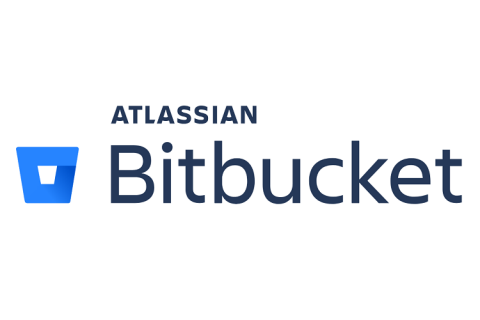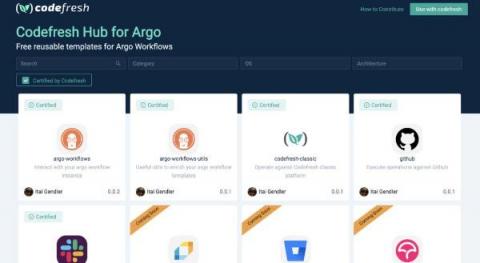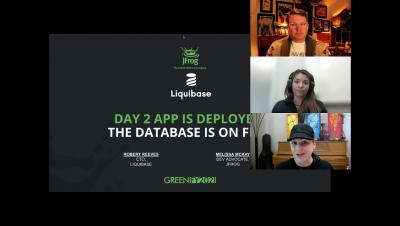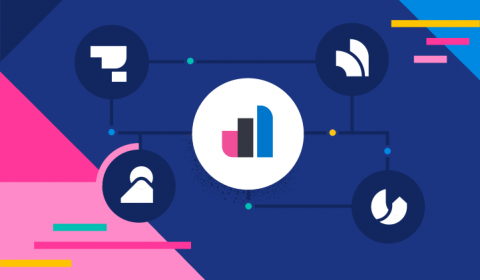Operations | Monitoring | ITSM | DevOps | Cloud
CI CD
The latest News and Information on Continuous Integration and Development, and related technologies.
CircleCI | AWS DevDay
Share and Reuse Your Argo Workflows with the Codefresh Hub for Argo
Anyone who builds a lot of Argo workflows knows that after a while you end up reusing the same basic steps over and over again. While Argo Workflows has a great mechanism to prevent duplicate work, with templates, these templates have mostly stayed in people’s private repositories and haven’t been shared with the broader community.
Day 2 Apps Deployed, the Database is on Fire
Malicious npm Packages Are After Your Discord Tokens - 17 New Packages Disclosed
The Pain of Infrequent Deployments Webinar (Part 2 of 3)
Elastic Observability 7.16: Ad hoc analytics and CI/CD pipeline visibility
Elastic Observability 7.16 introduces curated data exploration views for ad hoc analysis and further extends visibility into complex and distributed systems with the general availability (GA) of dozens of prebuilt Elastic Agent data integrations, observability tooling for continuous integration and continuous delivery (CI/CD) pipelines, and a new native data source integration with Amazon Web Services (AWS) FireLens. These new features allow customers to.
Using Codefresh with GKE Autopilot for native Kubernetes pipelines and GitOps deployment
Several companies nowadays offer a cloud-native solution that manages Kubernetes applications and services. While these solutions seem easy at first glance, in reality, they still require manual maintenance. As an example, an important decision for any Kubernetes cluster is the number of nodes and the autoscaling rules you define.











